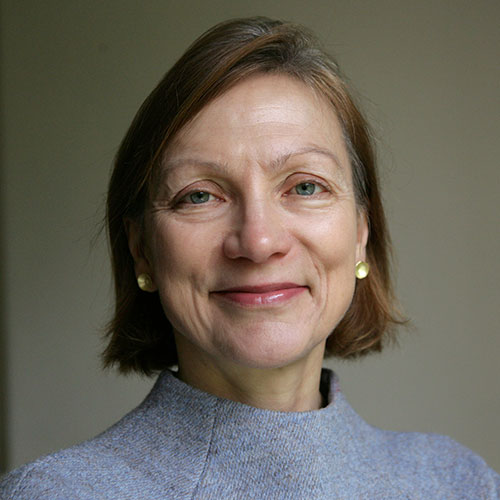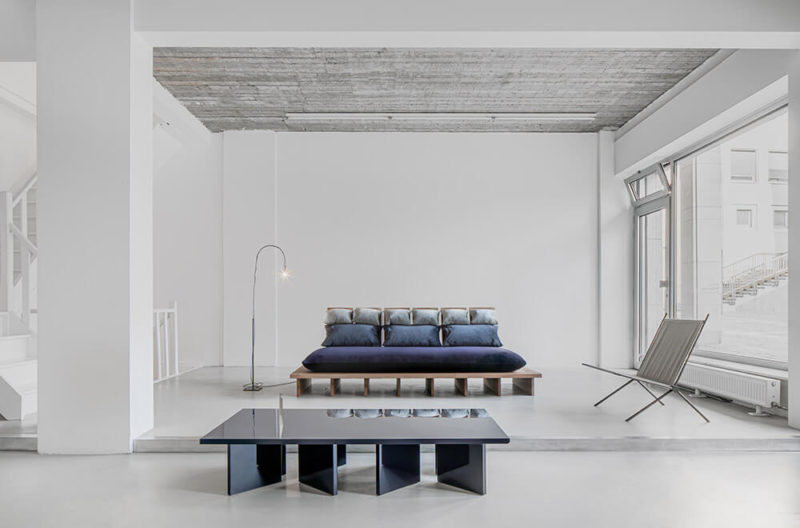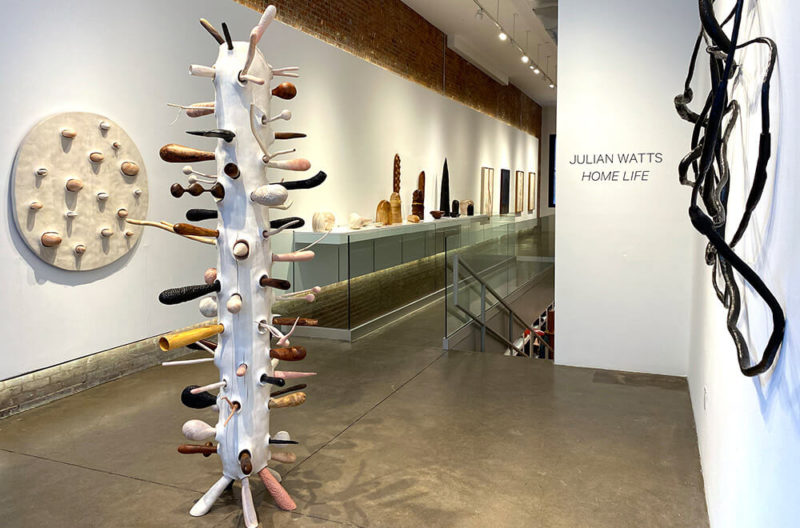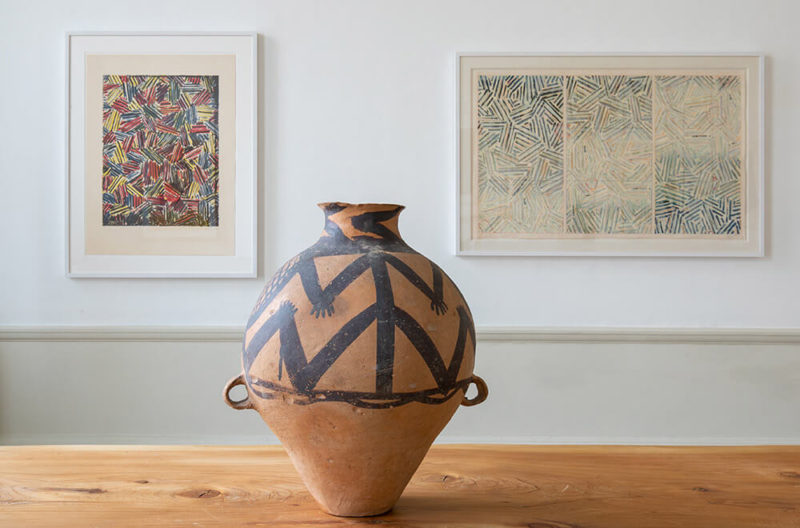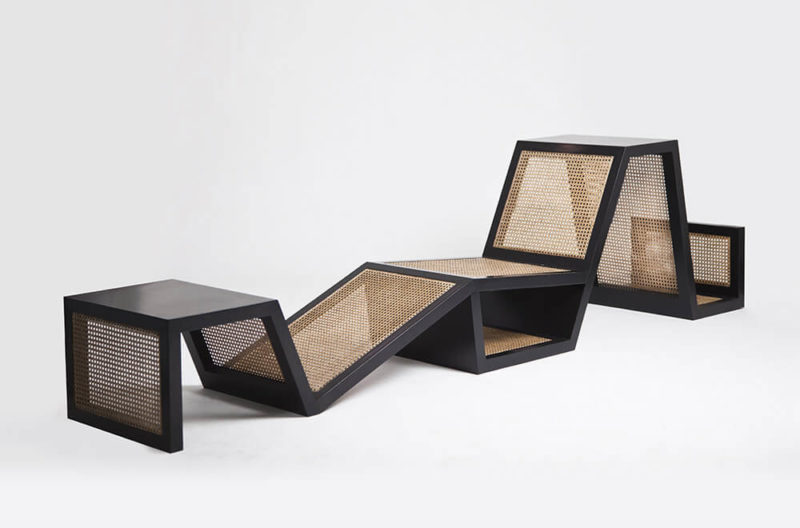New Art Centre: Edmund de Waal / Jacqueline Poncelet
Quietly intense, both exhibitions offer subtle explorations of materials and process.
New Art Centre, Roche Court
Jacqueline Poncelet: Now and Then
Edmund de Waal: tacet
21st September 2020 – 9th January 2021
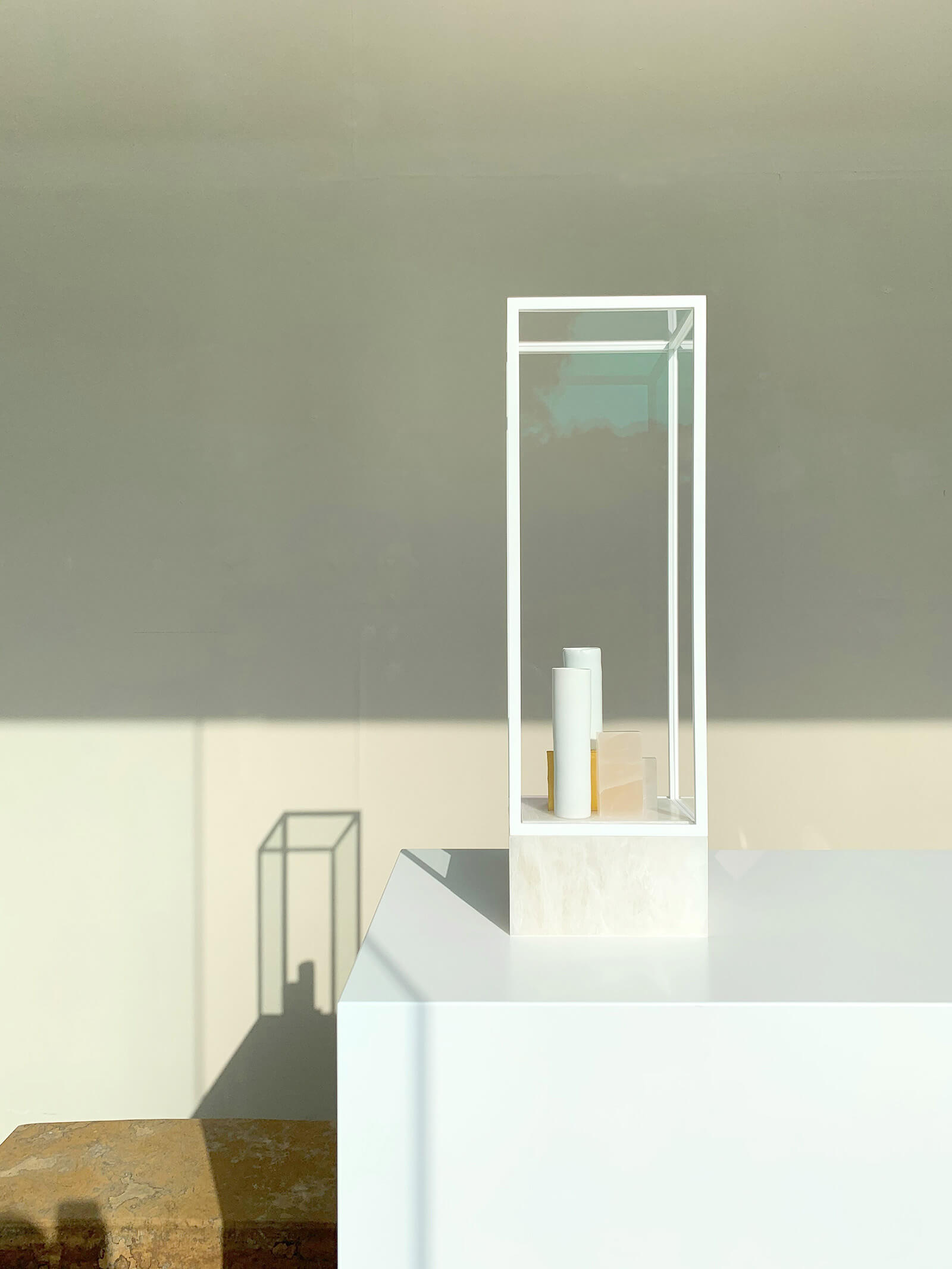
Installation view, Edmund de Waal ‘tacet’
COURTESY: New Art Centre © Edmund de Waal
FOR ITS AUTUMN season, the New Art Centre at Roche Court has mounted two highly contrasting exhibitions which share, however, a common thread. Both Jacqueline Poncelet and Edmund de Waal are potters by training. Clay is their primary medium. Yet both have moved from pots to making art with other materials, each being led from one to the other by a consistent questing imagination. De Waal, in his exhibition, tacet, on view in the main gallery and the grounds at Roche Court, is showing a single body of new work, made during the sixth month period of lockdown. Jacqueline Poncelet, meanwhile, whose exhibition Now and Then is showing in The Design House, is here represented by pieces from across thirty-five years, in a retrospective of mostly unseen work curated by Sarah Griffin. Yet both shows demonstrate not only breadth of reference but also intensity of purpose, offering utterly distinct explorations of materials and process.

Installation view, Jacqueline Poncelet ‘Now and Then’
COURTESY: New Art Centre © Jacqueline Poncelet
De Waal has taken for his title the Latin word ‘Tacet’, meaning ‘it is silent’. Used in music to indicate when a voice or instrument does not sound, De Waal uses it to characterise the six months of lockdown, when he was often silent, in his studio, able to make and think without distraction. The result is a series of sculptures offering two parallel meditations on materials, time and transformation. The benches are made from warm, particoloured Hornton stone, quarried in Oxfordshire, much loved by Henry Moore, and sometimes known as ‘Iron Stone’, for its autumnal browns, oranges and yellow. Individually named ‘Tacet I, II, III …’, they invite silence because they ask to be sat upon quietly and explored by touch.
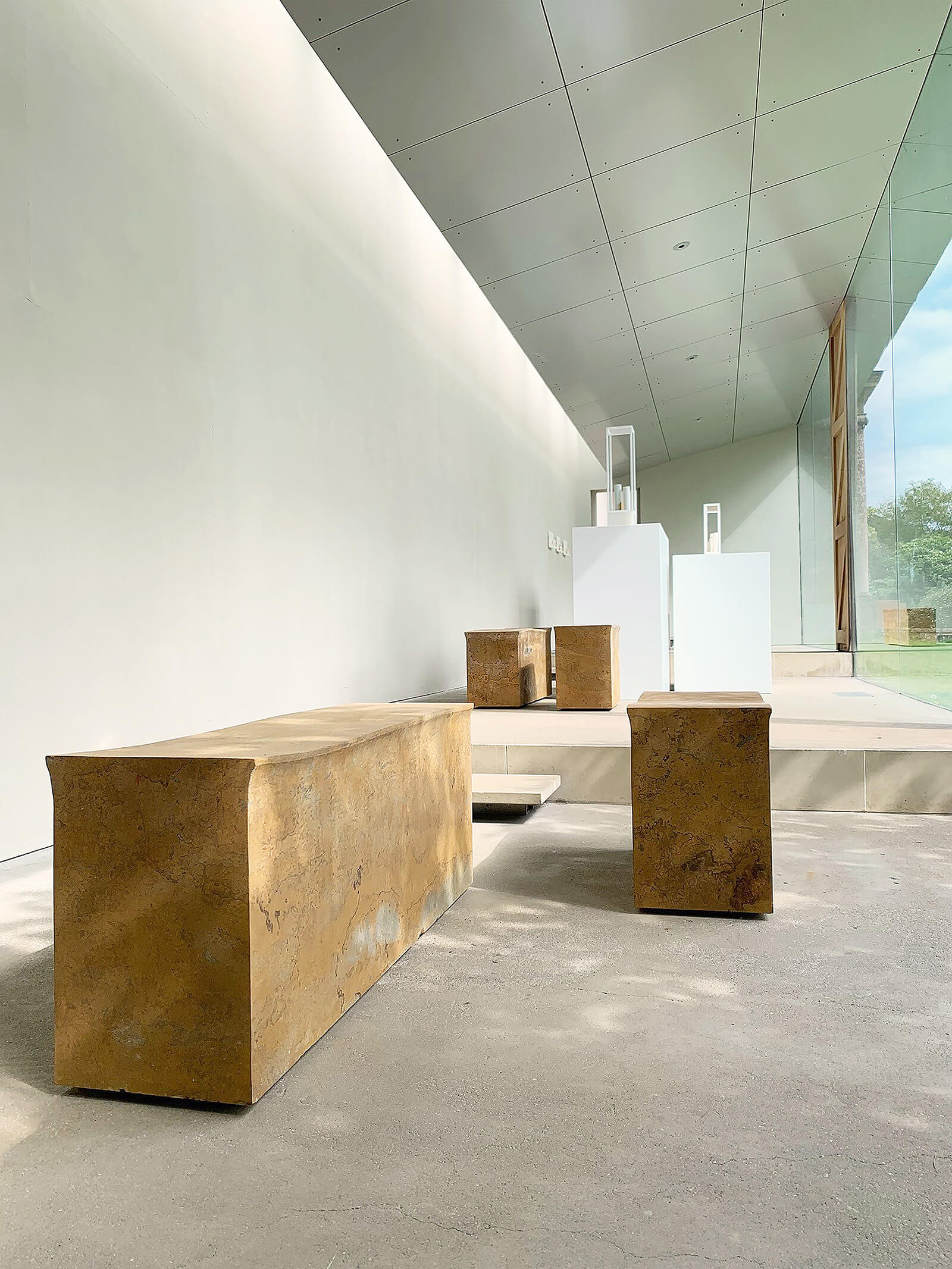
Installation view, Edmund de Waal ‘tacet’
COURTESY: New Art Centre © Edmund de Waal
The benches were made in collaboration with the stonemason Corin Johnson, from models prepared in clay by de Waal. Individually carved, and, far from uniform, or even symmetrical, they undulate barely perceptibly, offering unexpected textures, a lipped edge and gentle irregularities. The effect is of stone timeworn, though the wearing is yet to come. Their apparent simplicity is their triumph – the thoughtfulness of their design understated, tacit, yet the transformational effect on the raw material still evident. The benches are disposed both outside, where they glow in autumn sunlight, and inside, where they provide a link between the works on display and the natural world beyond.
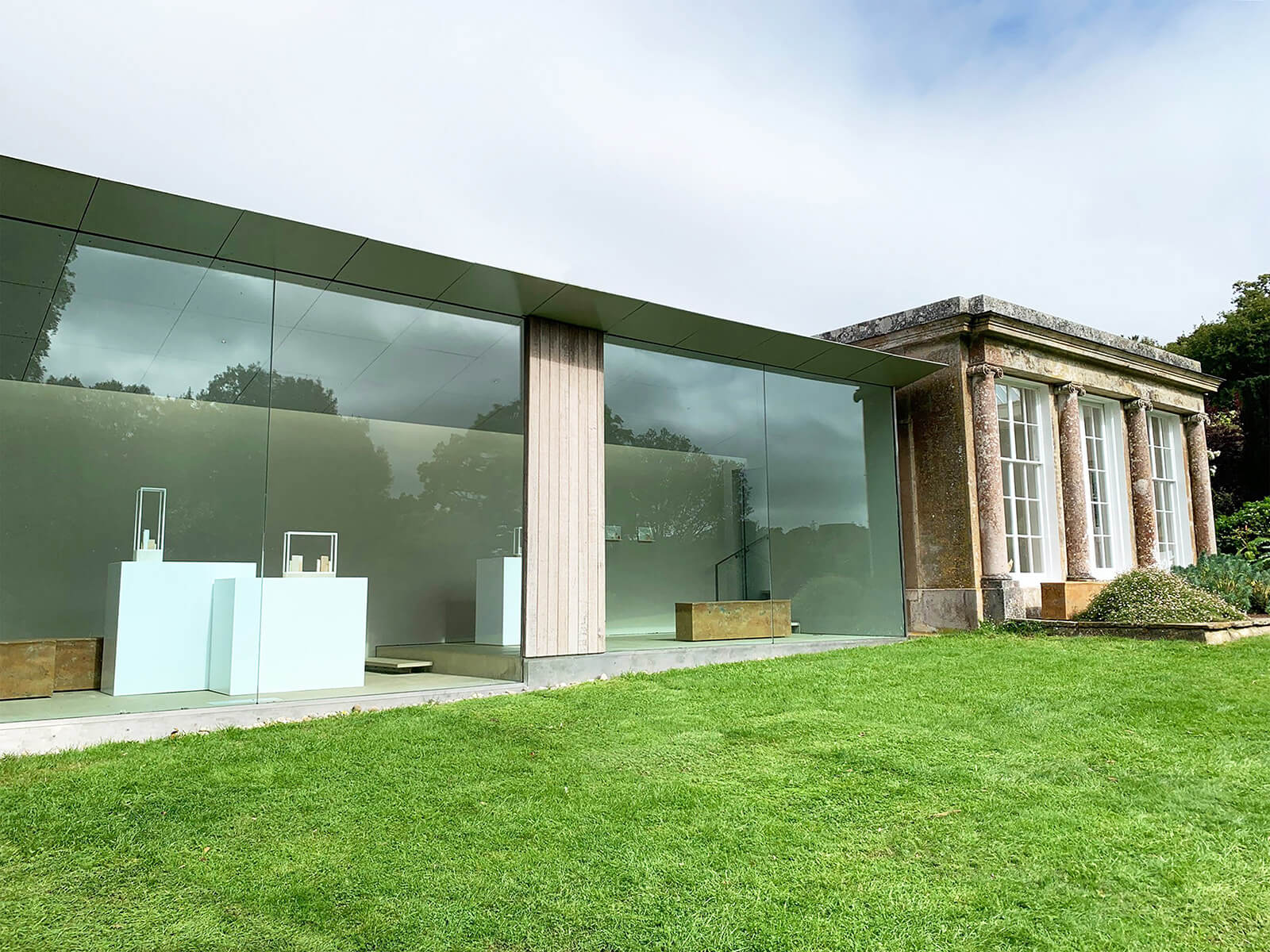
Installation view, Edmund de Waal ‘tacet’
COURTESY: New Art Centre © Edmund de Waal
The sculptures, meanwhile, are more vocal, taking their titles from the long poem “The Tutelar of the Place”, by the poet, painter and essayist, David Jones, an important figure for de Waal. Both free-standing installations – ‘counter’, ‘parti’, ‘pied’, ‘with what’s to hand’ – and wall-hung translucent shelves – ‘the tutelar of place, I, II, III’ – gather porcelain vessels with gold, glass, alabaster and onyx. Jones’s precise and incantatory use of language is reflected in de Waal’s careful, attentive handling and arranging of these materials, enabling them to speak within silence.
Where de Waal’s show has impact through the smallest variations on a theme, the surprise and thrill of Poncelet’s is its heterogeneity, the wild variety of objects and materials, each still expressing the same sensibility. In the 1970s and 1980s Poncelet was one of Britain’s most exciting young ceramicists, producing work from fine moulded bone china to angular, hand-built, large-scale stoneware vessels, many of which are in major museum collections. In 1985 she had a solo exhibition in the New Gallery at the Whitechapel Art Gallery and the following year she was invited to exhibit as part of Aperto ’86 at the Venice Biennale. The work on display here, ‘Handbag’ (1985), a ceramic sculpture, more disconcertingly shaped like a body part than a handbag, embossed with anaglypta wallpaper and then painted, expresses the powerful energy and rule-defying originality of her work at that point.
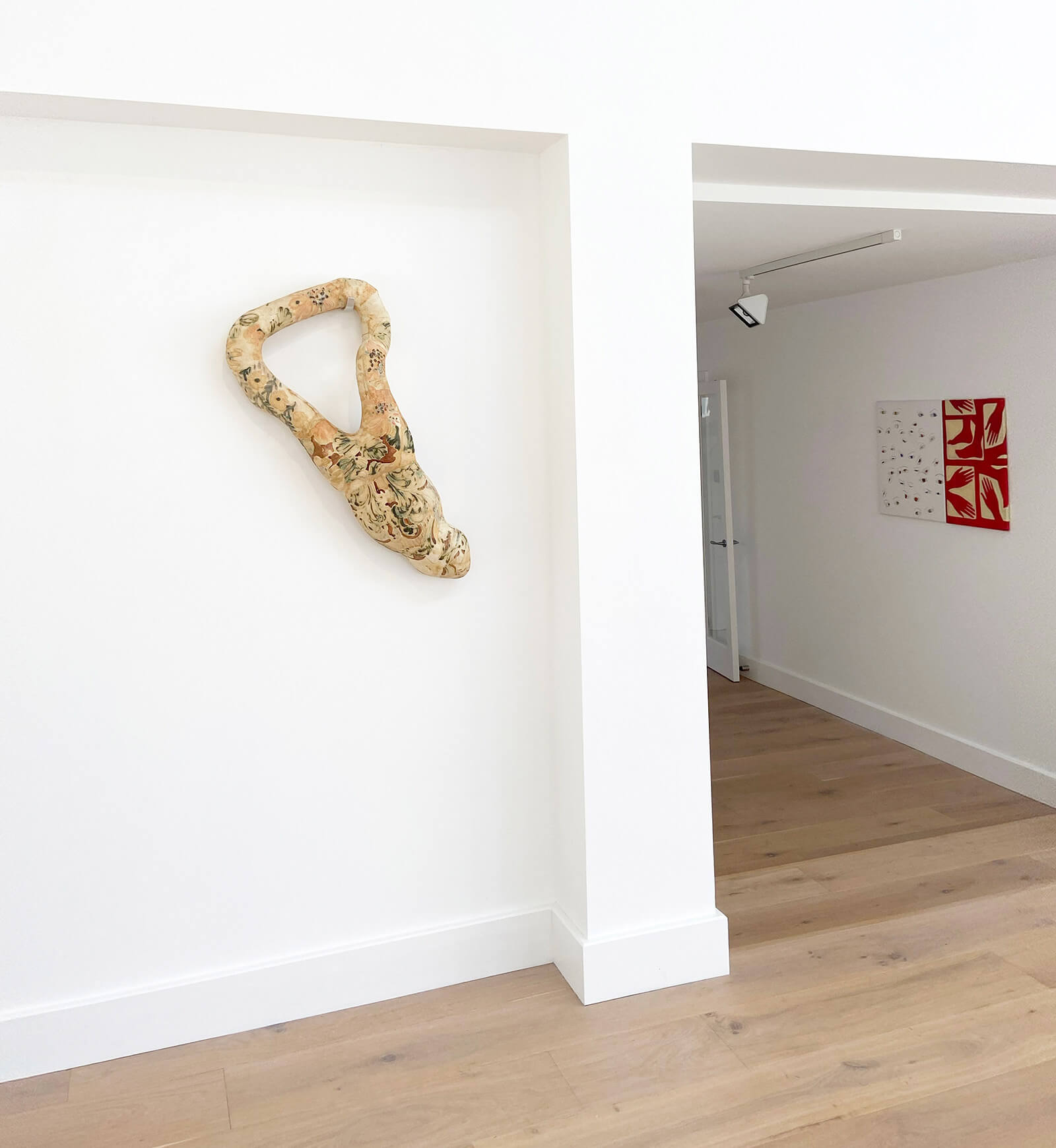
Installation view, with Jacqueline Poncelet’s ‘Handbag’, 1985
COURTESY: New Art Centre © Jacqueline Poncelet
But the audience, then, was nonplussed and Poncelet, disconcerted, “untethered”, as she puts it, began to make work in a whole range of materials – bronze, hair, paint, cast iron, fabric, carpet fragments, photography. She designed wallpaper and fabric, and made garments out of them. But just as her garments seem both like and quite unlike clothes you would wear, so even her paintings are not paintings, but three-dimensional objects, which happen to involve paint and canvas but quite often textile as well. Everything is made as if Poncelet were taking art back to compulsive first principles. Each is an experiment reaching out from the artist’s imagination into three-dimensional space. Pattern is a dominant fascination, as expressed in Poncelet’s much-loved public artwork, ‘Wrapper Work’, for Transport for London’s Art on the Underground, which clothes a cluster of buildings near Edgware Road tube station in a complete suit of colourful enamelled tiles, echoing the patterns found in the surrounding urban environment. But then you might be brought up short by a work like ‘Shy Objects’ (2018), which offers intensity of feeling through two twists of cast iron – with matt bodies and mirrored ends that reflect the stripey laminate table. All the objects look wonderfully ambiguous in the beautiful space of The Design House – is this a carpet or a sculpture? Are these animal or mineral? Is this decorative flourish meant to challenge or console?
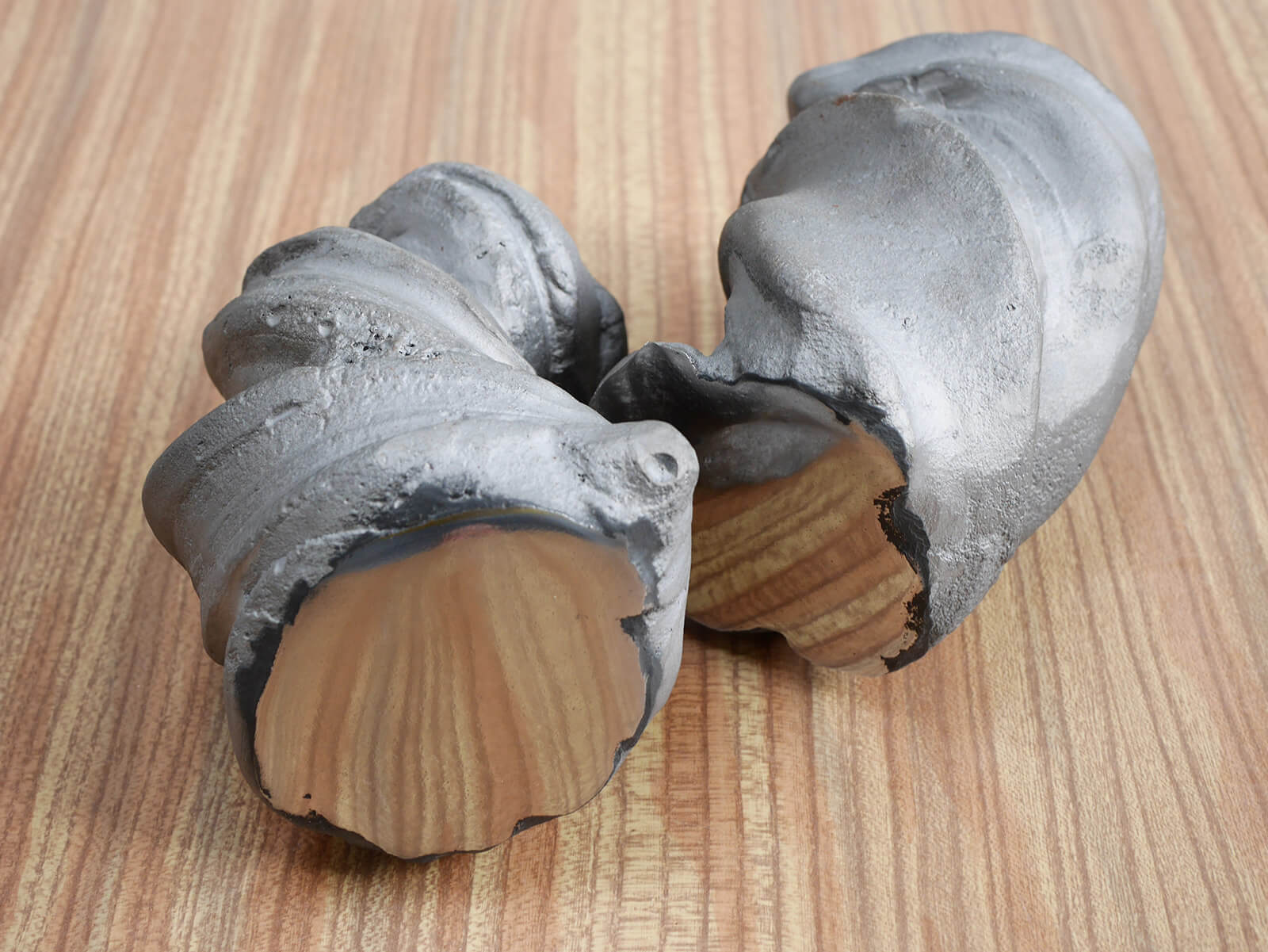
Jacqueline Poncelet, ‘Shy Objects’, 2016
COURTESY: New Art Centre © Jacqueline Poncelet
More recent work on show here includes watercolours, some recent clay pieces, including the forceful ‘House’ (2017), made from a spiralling twist of cream, brown and black clays emerging from a found roof tile, and, from this year, some narrow-loom handwoven blankets.
To emerge from both shows is to feel your connection with both materials and form shaken up and invigorated, and your wonder and delight at the creative imagination restored.
The New Art Centre – is open by appointment from Monday-Saturday, 11am – 4pm. Admission is free, but booking is essential. Please email nac@sculpture.uk.com or call 01980 862244 in advance to arrange your visit.
